How to Repot a Plant

Published February 13, 2024
If the houseplants you take pride in caring for look tired and saggy, now is the perfect time to repot them.
Even healthy plants outgrow their homes or need new ones. A new container that is a couple of inches wider gives houseplants like red anthurium, pothos and others the space for lush growth through care and regular feeding.
This guide takes you through the steps of how to repot plants. Learn how to choose good pots and what makes potting soil good for the task. You'll also read tips to ensure your plant gets off to a good start in its new home.
Difficulty:
Beginner
Duration:
Under 2 hours
Table of Contents
How to Tell if Your Plant Needs to Be Repotted
Select a Pot
How to Remove Your Plant
Scrape Off Old Soil
Make Cuts to the Root System
Select Your Potting Soil
How to Tell if Your Plant Needs to Be Repotted
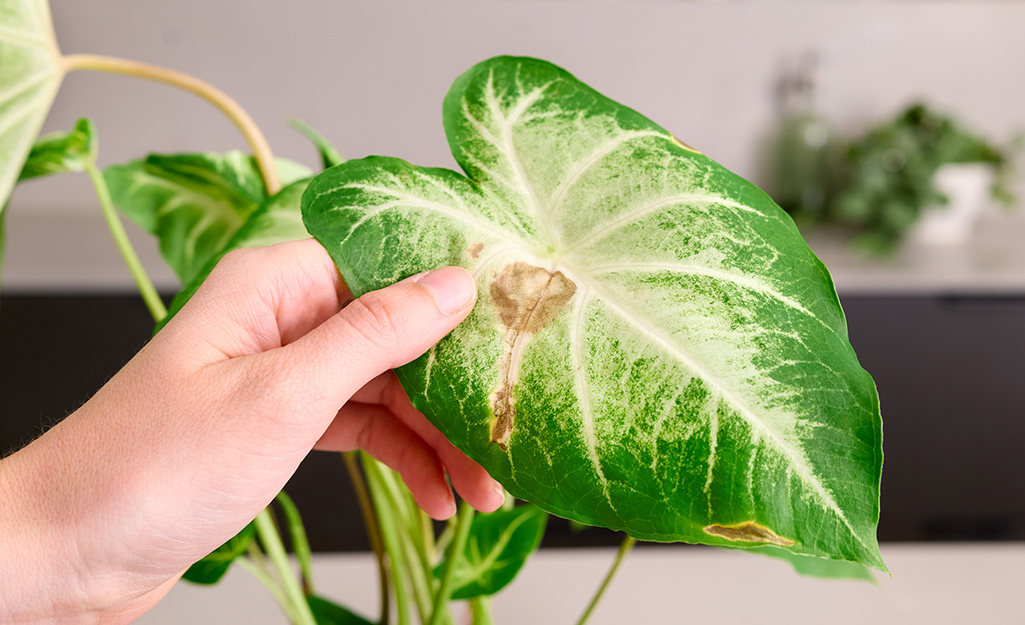
The potting soil your houseplants grow in may cease over time to provide the conditions your plant need to survive. As a guideline, if your houseplantsshow any of the below symptoms, grab a pair of gardening gloves, your soil scoop and hand trowel, then dig in. You’ll know when to repot a plant when these signs appear:
- Tightly coiled roots protruding from the bottom of the pot.
- Dry soil and lack of moisture retention; water drains out quickly.
- A top-heavy plant that leans over.
- Drooping and sagging leaves that easily brown or just fall off.
Select a Pot

This step of how to repot plants requires some thought on your part. Make sure that your plant's new home is adequate enough for growth and drainage.
Select a pot that’s 1 to 2 inches larger than the existing one. Be sure the pot has a drainage hole on the bottom. There are many types of pots available for outdoor and indoor plants, so you want to make a choice based on your plant’s specific needs and the material the pot is made of.
- Larger pots are suitable for vigorously growing plants, so choose bamboo plant pots and tree plant pots that have plenty of room for their roots to grow.
- Succulent plant pots and cactus plant pots made of porous materials like terracotta are okay for these plant varieties that do not require a lot of water.
- Herb plant pots, vegetable plant pots and flower plant pots should have adequate drainage.
How to Remove Your Plant

Now that you’ve chosen a new pot, it is time to remove the plant from the old one. The best time is when temperatures are moderate to put less stress on your plants.
- Water your plant well a few days before it is time to repot it. This will hydrate the plant and minimize the shock of transferring it into new soil. It can also make the removal process easier.
- Gently tilt the houseplant, grasp it near the base and give it a firm tug to remove it from its old container. If the plant won’t budge, water it thoroughly and then try pulling it out.
Scrape Off Old Soil
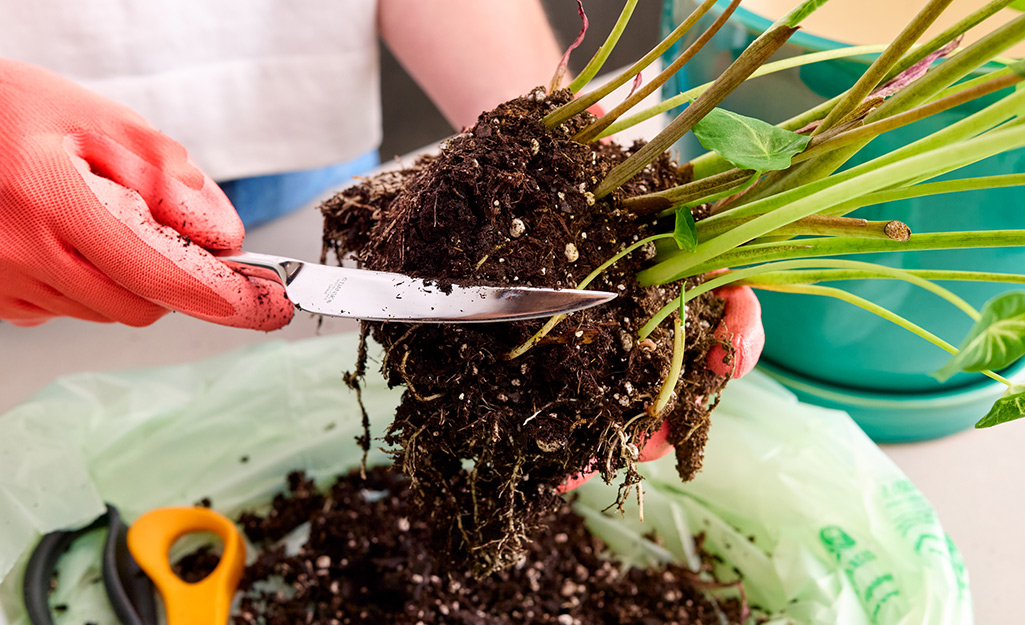
Remove old, tired soil from your plant by lightly scraping away the soil with a garden knife. You'll want to do it carefully to avoid damaging the roots of plants like perennialss during the repotting process.
Make Cuts to the Root System
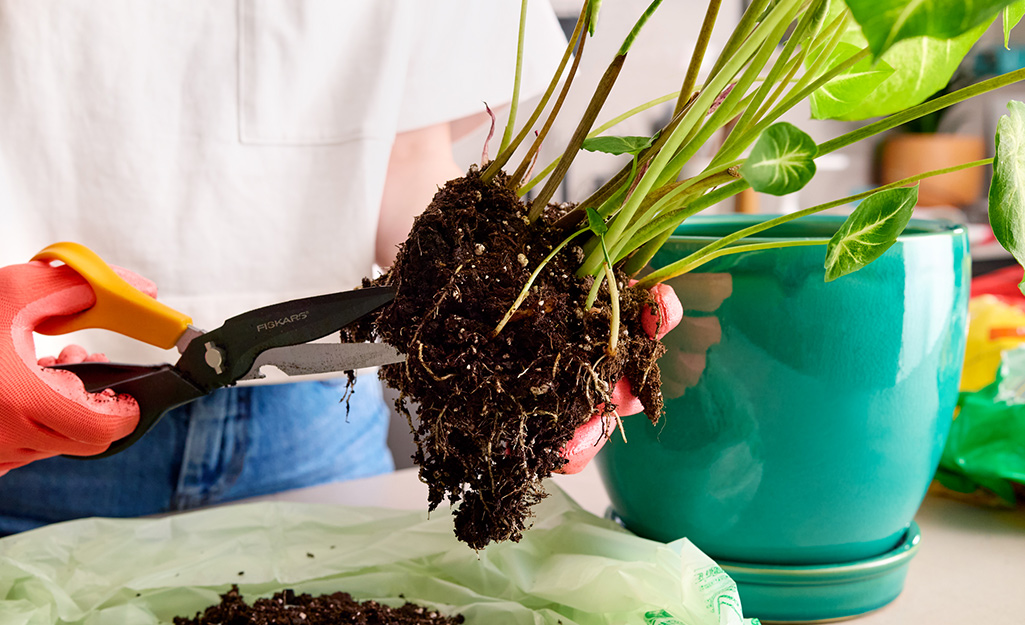
At this point, make a few tiny cuts in the bottom of the root system to give your plant breathing room. Oxygen is as important to a plant as water and the nutrients in the soil.
Use a serrated knife or gardening shears to make the cuts. If the roots give easily, just pull them apart with your hands. Some houseplants, such as sansevieria (snake plant) and echeveria, can be divided. Just look for a natural split at the roots and divide them and repot.
Select Your Potting Soil

One of the key things to consider when it comes to knowing how to repot plants is the importance of good soil. Potting soil is the best choice for repotting plants. Potting soil, rather than gardening soil, contains the nutrients to revive a plant. It also contains a mixture of ingredients like peat moss and pine bark to retain moisture and perlite to allow for easier drainage.
- Choose a potting soil mix that best suits your houseplant. Regular potting soil does the trick for most plants.
- Organic potting soil contains natural components like manure and food compost, and this can make a difference in repotted plants.
- You may try a special potting mix for finicky plants that require some care, including varieties for orchids or African violets.
- Try soil mixed with sand to supply good drainage after repotting succulents, cactus and palms.
Bring On the New
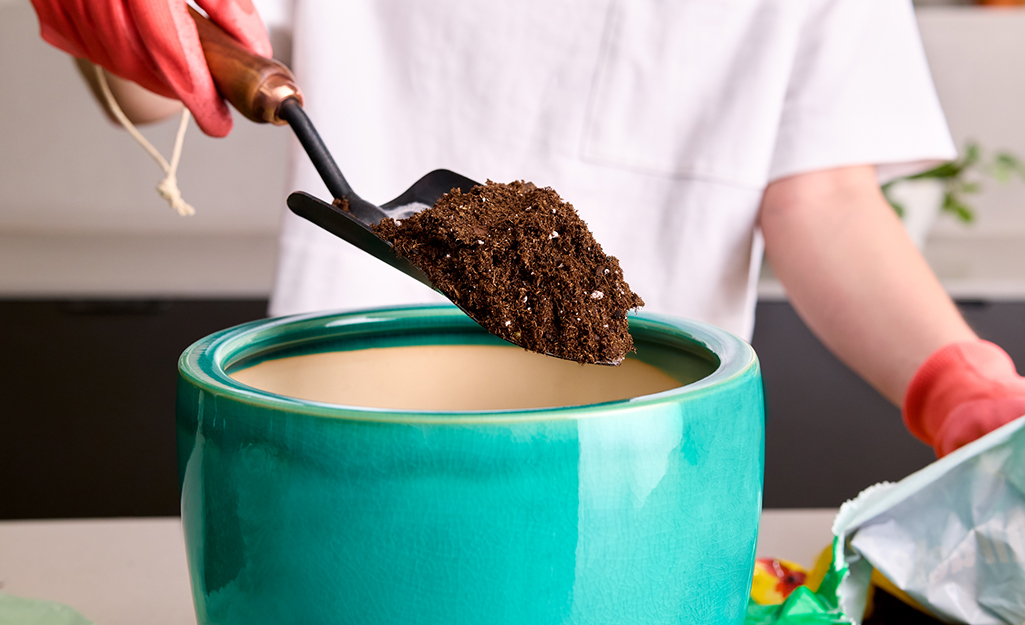
Replace the soil for your spring flowers or leafed houseplants without leaving too much of a mess behind. Place a used dryer sheet under the pot's drainage hole(s) and add a few scoops of fresh potting soil before placing the plant inside.
Continue adding soil until just below the rim of the container. Use a trash bag to dispose of the dryer sheet, used soil and any excess dirt from the roots after you've finished repotting your plants.
Water Thoroughly
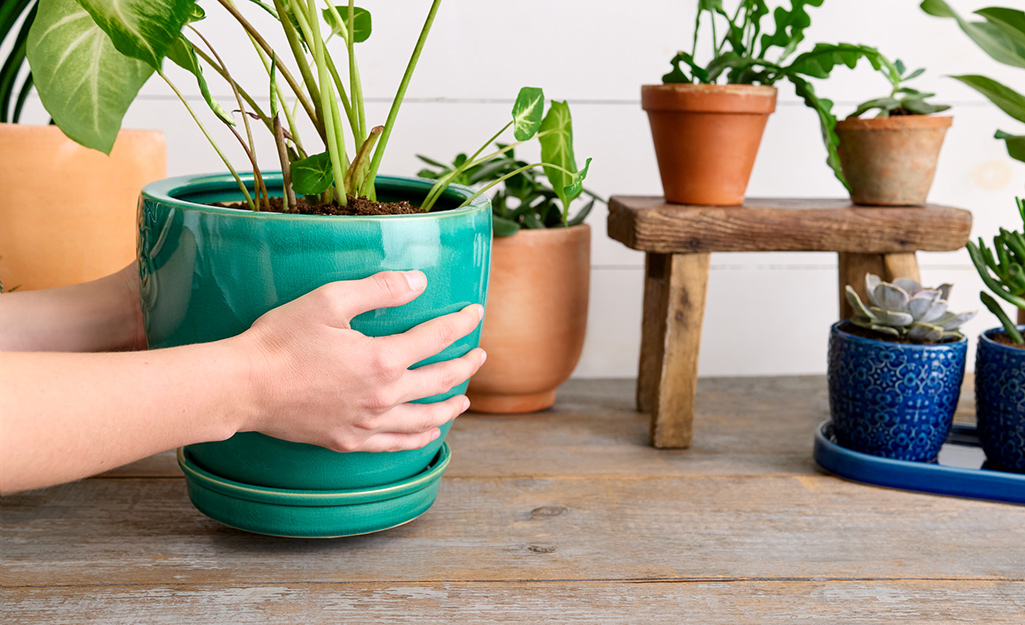
Use a watering can to give your plant a good soaking in its new home. The drainage hole(s) will allow for excess water to escape. How much water to add after repotting depends on the plant. Make sure to add enough water but not too much to avoid rotting the roots.
Your new pot may have a saucer at the bottom for draining water. After you’ve saturated the potting soil, there is no need to add more at the bottom of the pot. Keep a close eye on your plant after repotting. If the leaves start to turn yellow, you'll want to add less water.
Avoid Direct Sun
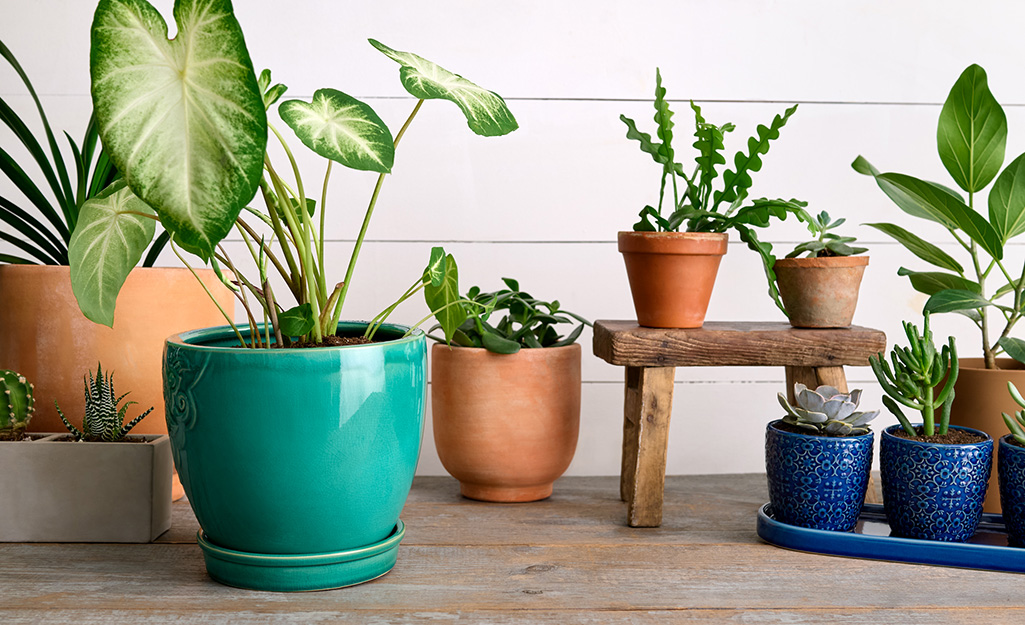
After repotting your houseplant, avoid exposing it to direct sun for a day or two to several weeks until the roots take hold. Sunlight is healthy for plants like potted hydrangeas that thrive on it, but too much sun after repotting could harm the weakened plant as it adjusts to the new soil.
You’ve put a lot of effort and time into the care of your houseplants, so take action when your plants appear in need of room to grow. Repot your plants to give them the rich new soil filled with nutrients to help them thrive. Use The Home Depot Mobile App to find the right potting soil mix for repotting a snake plant or to give you inspiration on the most attractive and versatile multipurpose planters for the patio of your house or condo.


























